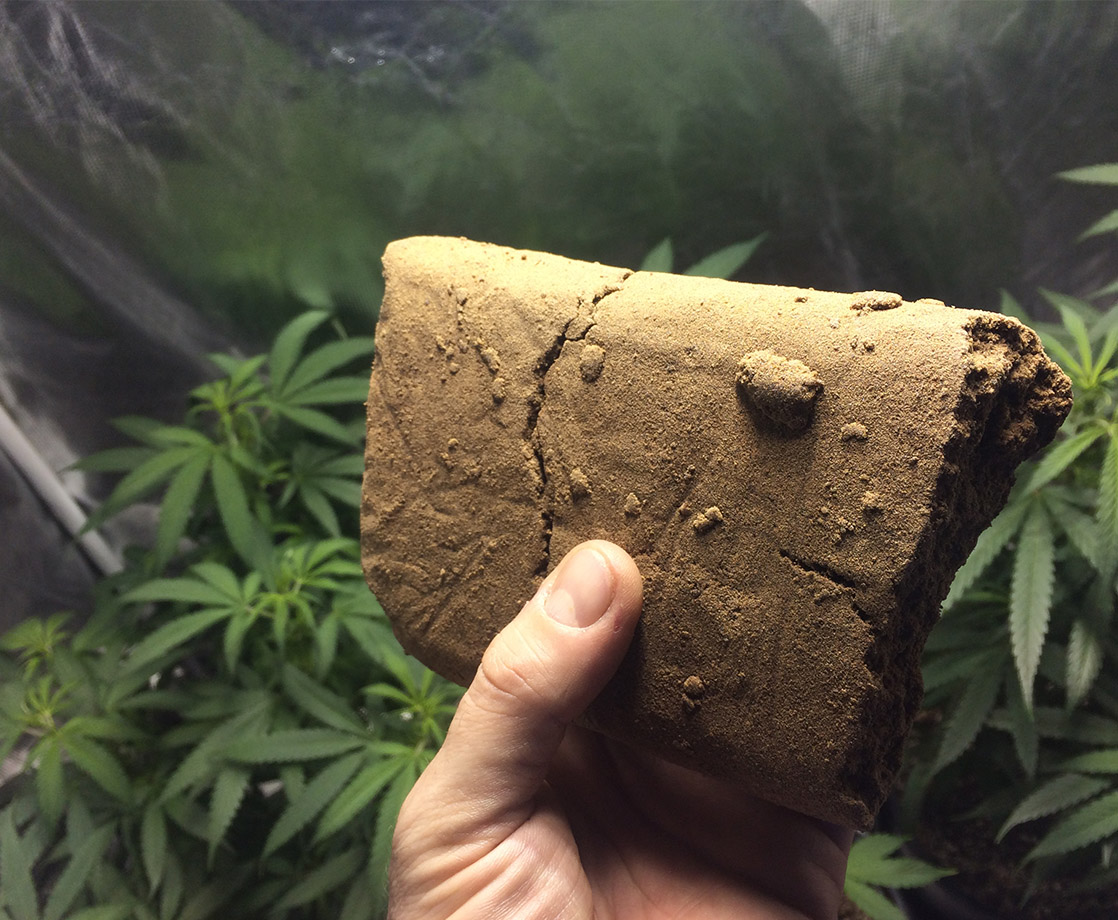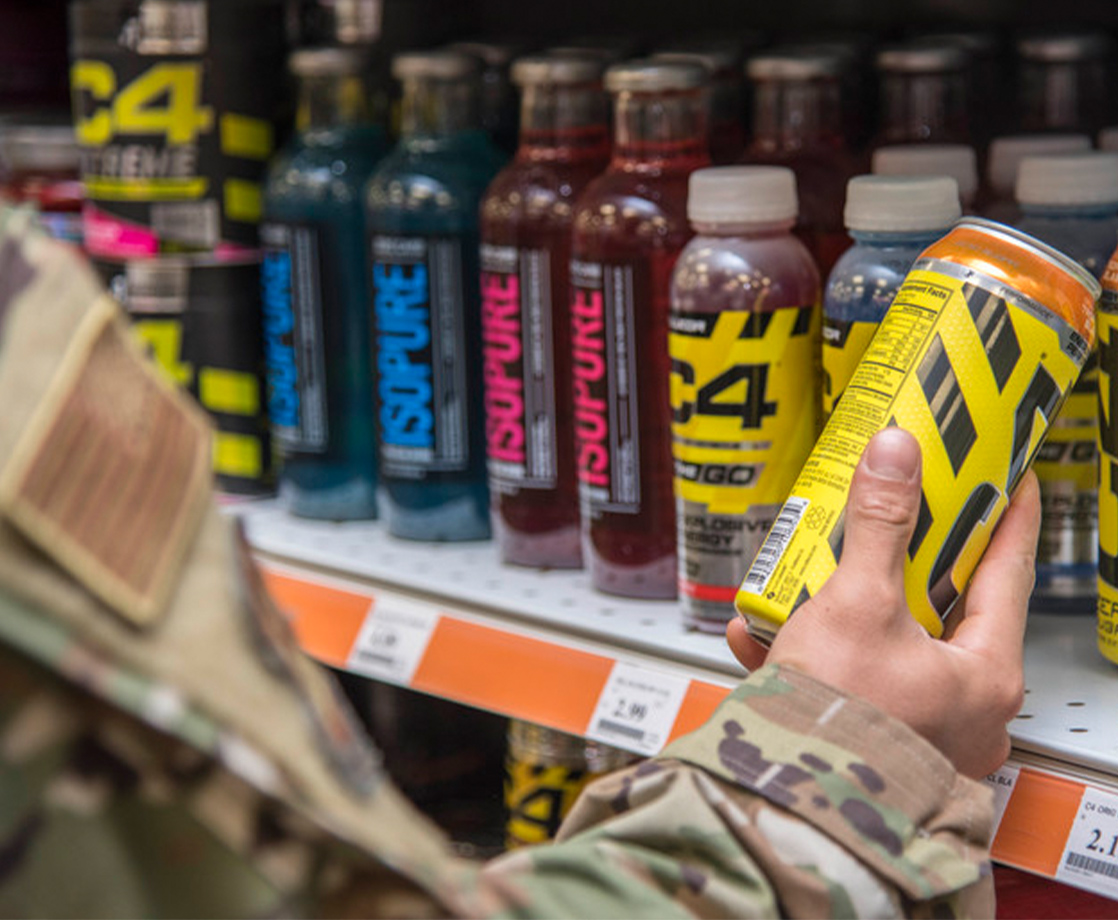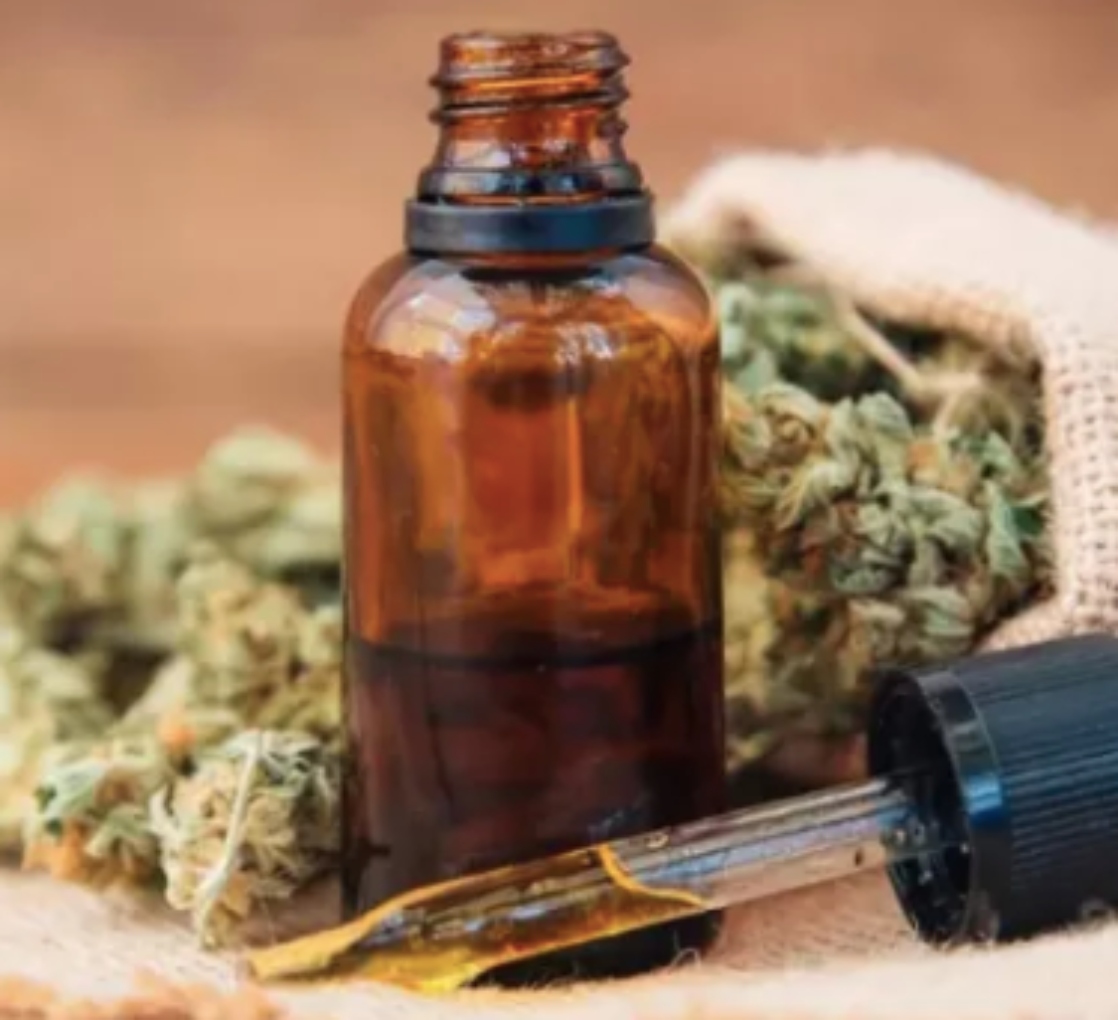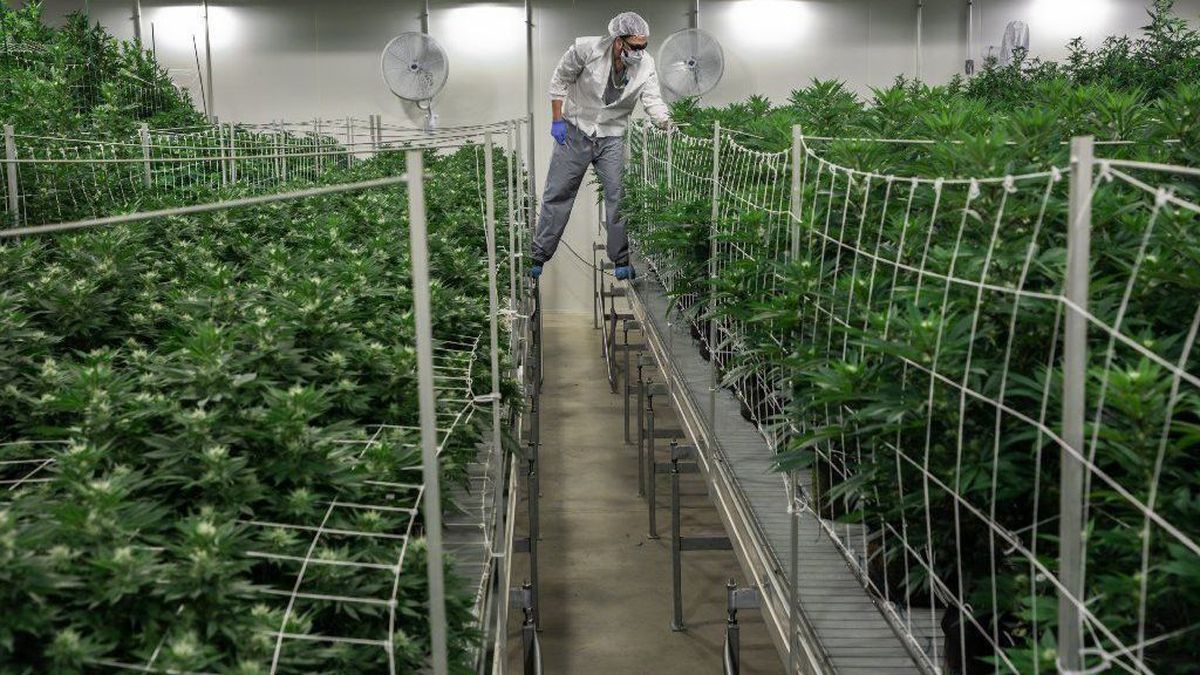Most tokers are familiar with kief — you know, the stuff that’s collected from cannabis flower once it’s been torn up in a grinder. What you might not know is that kief contains trichomes, or potent crystals, that coat the bud. Trichomes are made of oils and natural plant chemicals that can be compressed and made into something called hashish. This variant of concentrate, which likely originated in Central Asia, is extremely potent because trichomes are loaded with more intoxicating cannabinoids than any other part of the plant.
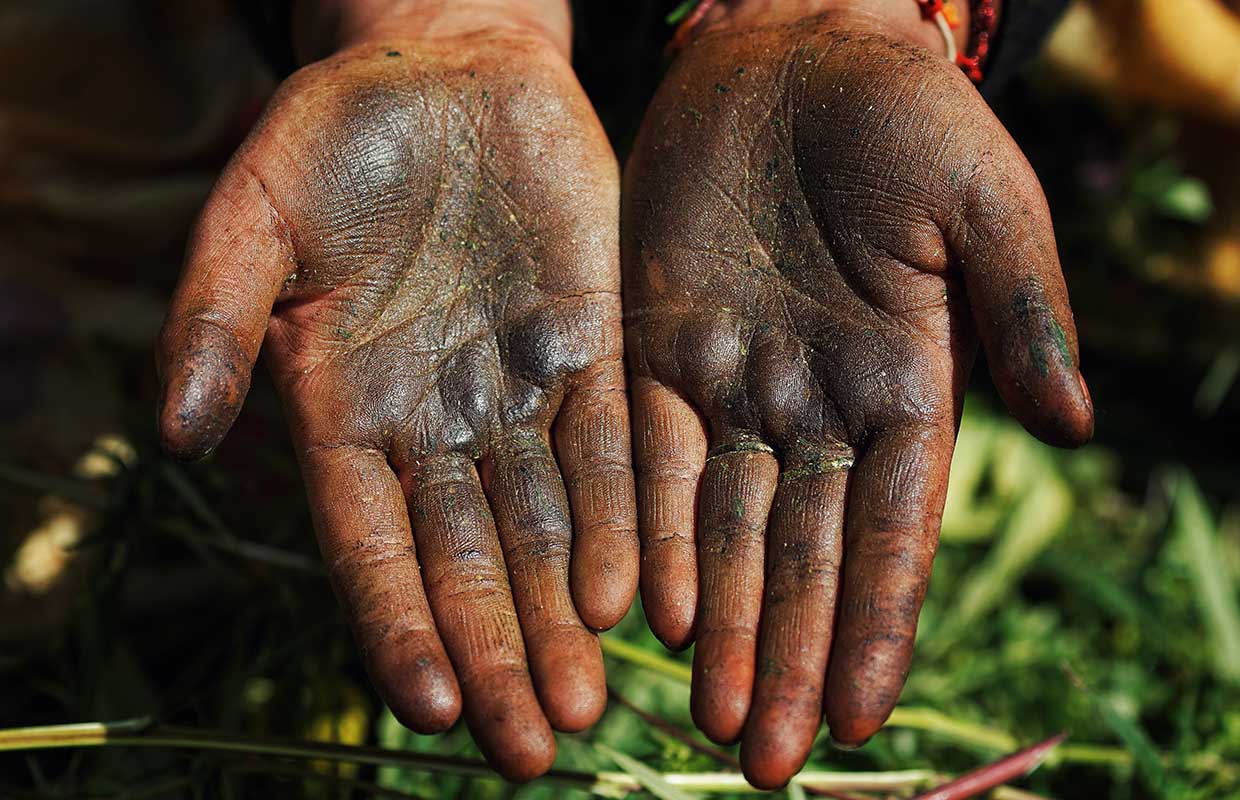
A Brief History of Hash
Historians believe hash has been around since 900 AD, inarguably making it the concentrate of antiquity. Made by hand, it was — and still is — the modality in which people from India, Morocco, Persia, Lebanon, and Afghanistan tend to favor.
Traditional hash-makers usually rubbed mature buds in their hands until the kief and other natural oils separated from the nugs. The hash-maker’s hands would then be covered in sticky brown puddy made of plant matter and oil. This is when they’d mold the hash together into consumable (read: sellable) amounts. It was most often molded into balls or flat hash coins, in which people would break apart and then smoke.
But the size, shape, and color of hash really depended on where it came from. For instance, in a story MERRY JANE wrote about the history of hashish, writer Randy Robinson explains that “Lebanese-style hashish comes in two forms: red and yellow. Yellow hash is made from plants cultivated at early maturation, when the buds mainly contain THC. Red hash is made from plants harvested later in the grow-cycle, where much of the THC has converted to CBN, which likely contributed to Lebanese red’s sedative effects.”
And the technique used to make this fine Lebanese hash is unique to the area, too. Robinson explains that for red and yellow Lebanese hash, cannabis buds are rubbed over fine screens to separate and collect kief. From there, the kief is stored where it settles and transforms into a sticky, dark chunk of delectable hash.
In India, on the other hand, hash balls known as charas reign supreme. Nicknamed “Temple balls,” this form of hash parallels Lebonese hash. The difference is that Indians only use live plants to run through screens instead of dried plants.
Fast forward several centuries, and weed technology has grown exponentially. Today, new machines allow cultivators to create ultra-concentrates such as waxes, shatters, oils, and rosins. Do people still smoke hash in 2019? Sure. But it is no longer the beloved delicacy it once was.

Why Do People Like Hash?
Compared to shatter that’s been blasted with butane, or wax cartridges made with CO2, hash is a chemical-free, natural concentrate made by the hands of someone who probably loves weed as much as you. Old-school stoners who grew up on smoking straight plant matter love hash. Why? Because they are the purists who believe in the naturalness of marijuana, making them hesitant to delve into the complicated (often chemical-ridden) waxy concentrates sold at modern dispensaries.
Tradition aside, the main appeal of hash is that it produces a vigorously intense high. And what weed lover wouldn’t be down with that? While every hash consumption experience is unique, most people report experiencing a hazier, longer, more drastic high from smoking hash as compared to smoking regular flower. Some even claim that visual and audio perceptions are skewed after using hash!
Similar to flower, an indica hash high versus a sativa high are drastically different. Usually, when one smokes an indica-dominant hash, you’ll experience a strong couch-lock effect in your body, as well as cerebral effects. Sativa hash will stimulate your creativity, making you feel more euphoric than ever. Regardless of sativa or indica, though, you’re going to be high as hell.
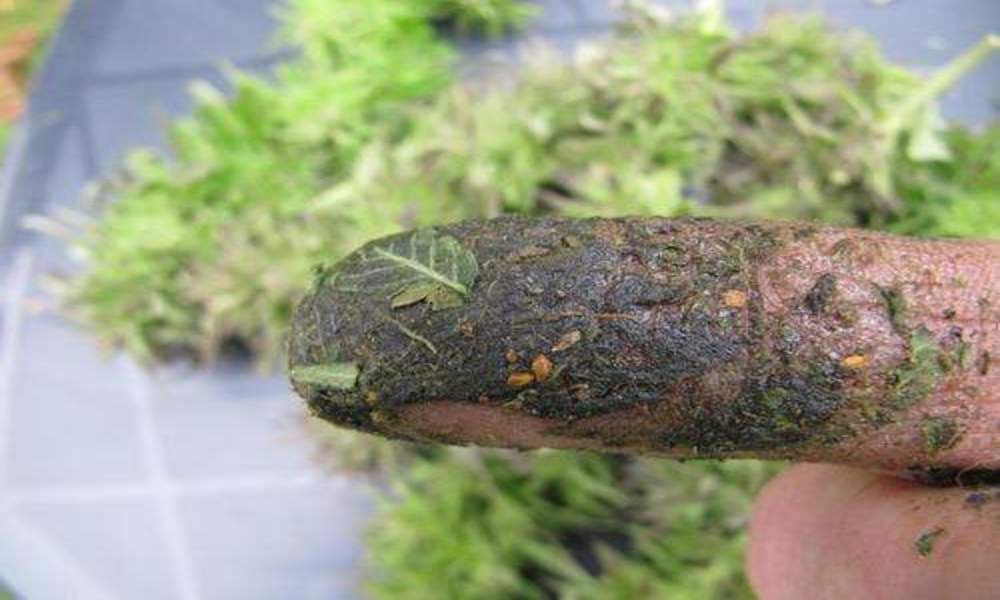
How Is Hash Made? Continued…
When hash is made, the oils and trichomes are separated from the bud, leaving behind a brown-green, sticky substance. Depending on the method used to make the hash, the concentrate’s final form can vary from a powder to a rock-like slab.
The different types of hash are each made in a unique way. For example, making a dry, sifted hash is an easy process that most cannabis consumers can do. All it requires is some bud, a few screens to sift the bud, and something to catch the falling trichomes. This is a quick way of making hash at home. Here are more detailed instructions if you’re so inclined.
Another option is making bubble hash. This process is significantly more complex, but can produce some of the highest-quality hash around. In fact, most of the hash in America (if you can find it!) is bubble hash. If you’re interested in a step-by-step walk-through on doing it at home, you can find that here.
Beyond what you can do yourself, other types of hash take significantly more time and experience to create. Royal Afghani Hash, for example, is made with water or tea, and is typically molded into slabs. Lebanese Hash is even more difficult to make, as its creation process takes several seasons. These other variations of hash are sometimes difficult to find, but if you’re lucky, you can purchase a slab at your favorite licensed dispensary.
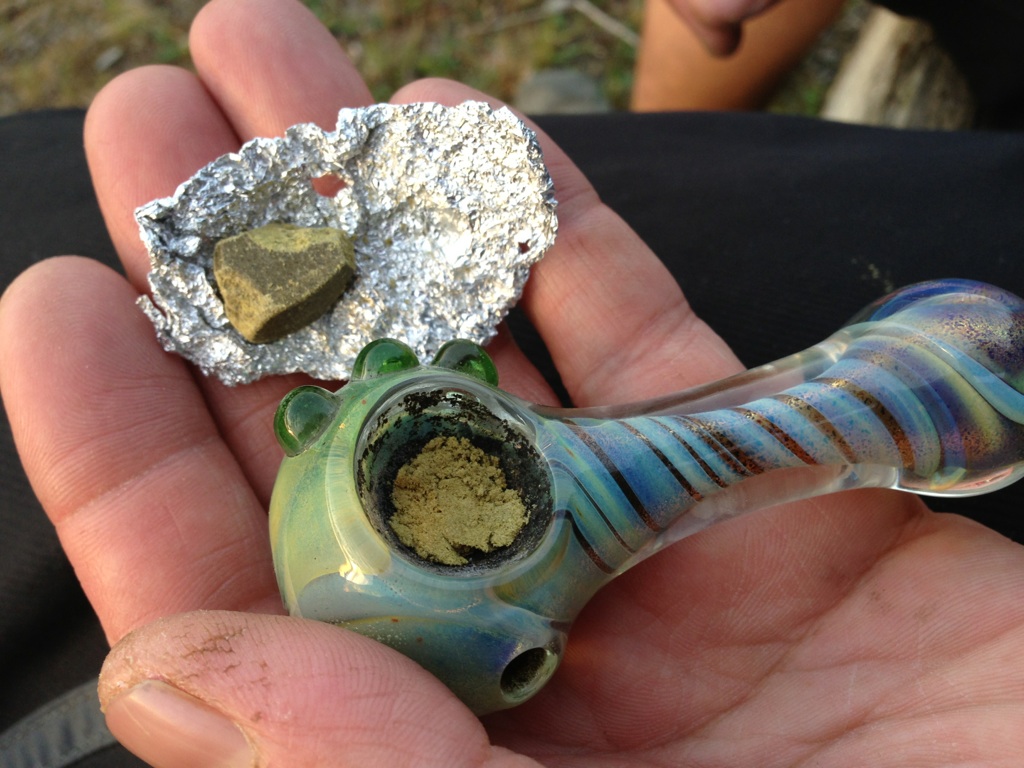
How Do You Smoke Hash?
Most tokers enjoy adding little pieces of hash directly to their bowls or joints, creating an all-encompassing high. Hash can also be dabbed, but it can seriously taint your rig: hash usually leaves a chunky, sticky residue on dab nails due to its plant components — mainly waxes and leafy particles.
Gallery — The Stoners of Antiquity:
TLDR
Hash is a potent, OG form of cannabis concentrate that’s less and less common at a time when dabs, waxes, budders, and shatters are omnipresent. But the cannabis of antiquity won’t be forgotten by veteran weed lovers, especially those who appreciate artisanal, craft cannabis. Sure, the days of hot knives are well behind us — but hash will never be forgotten!


